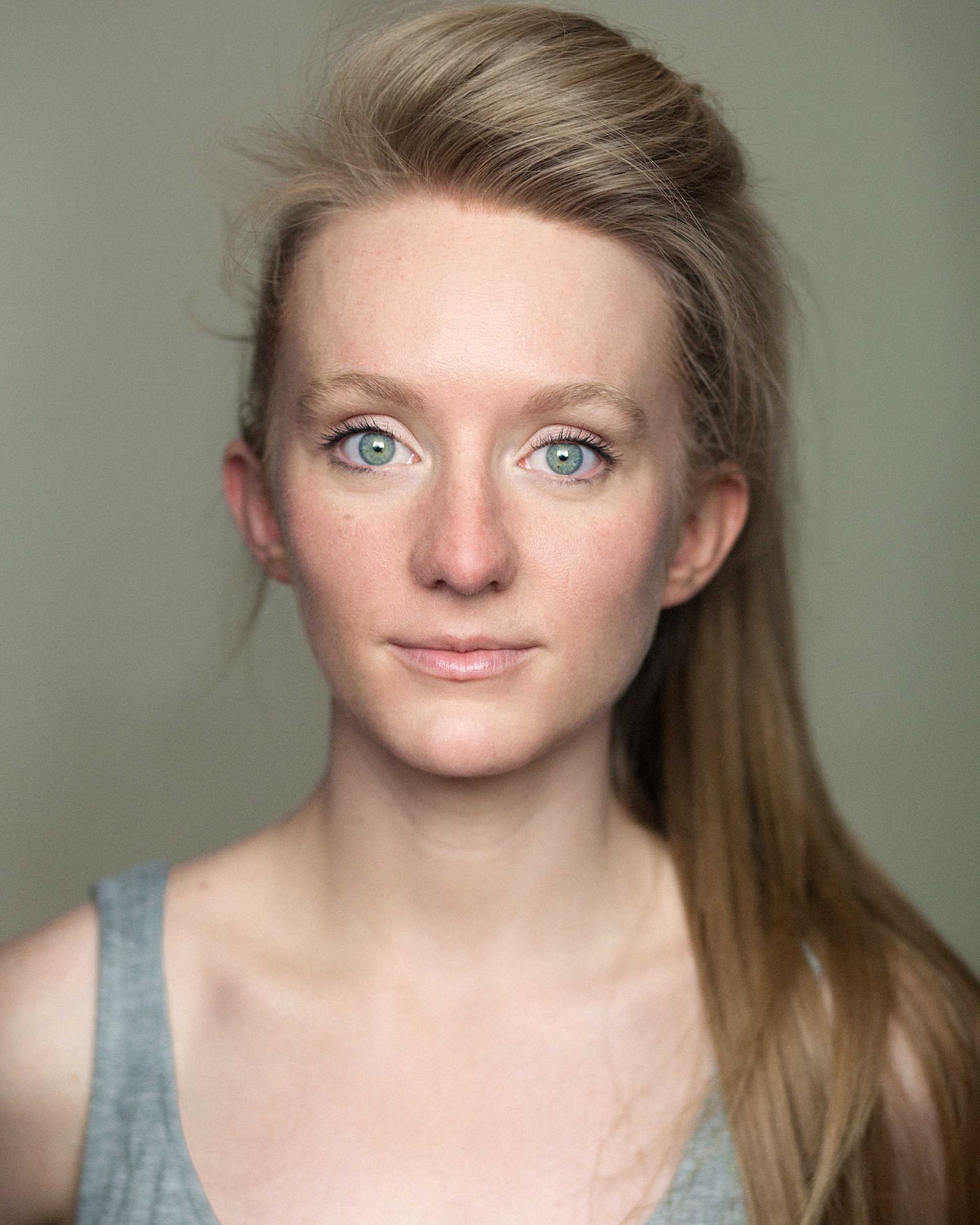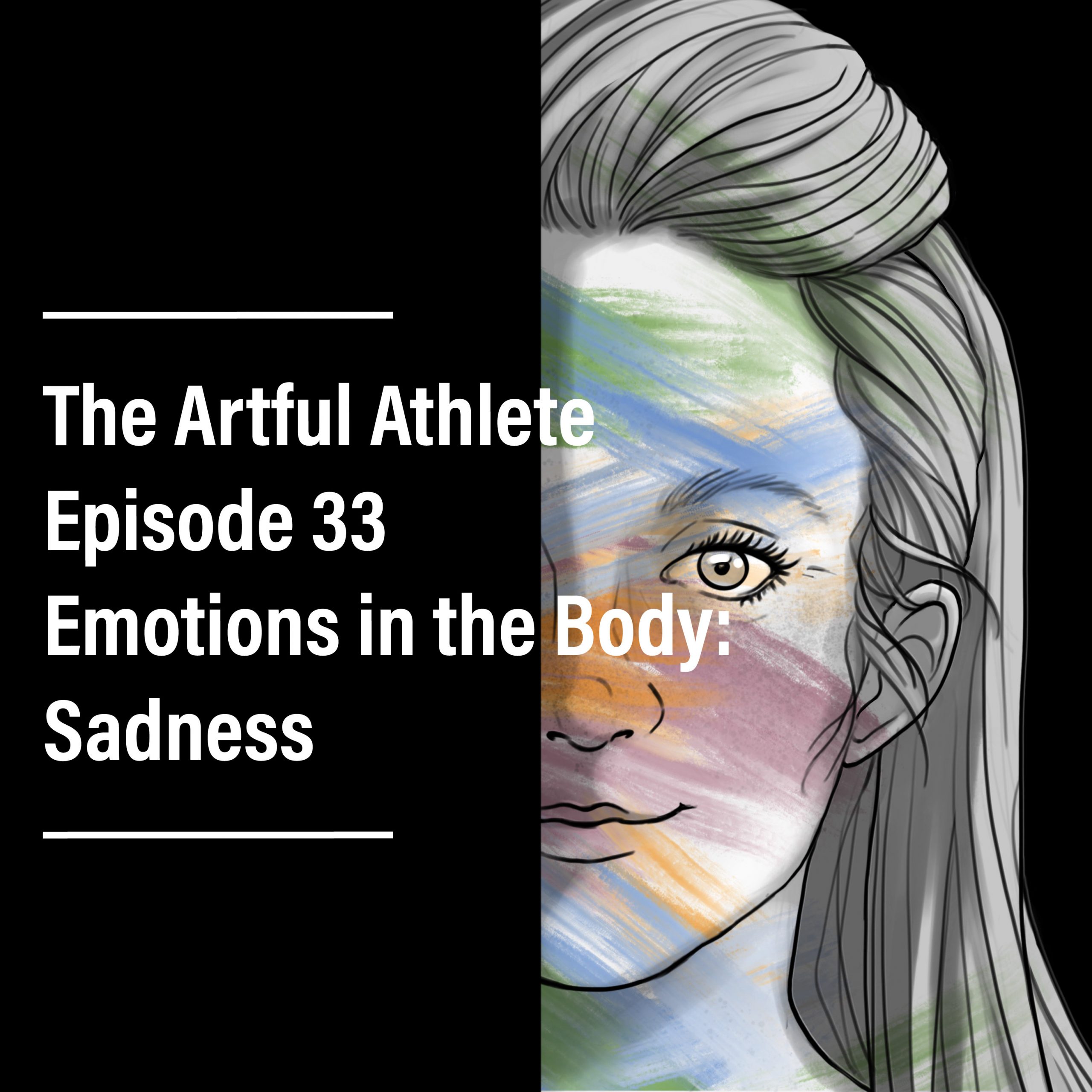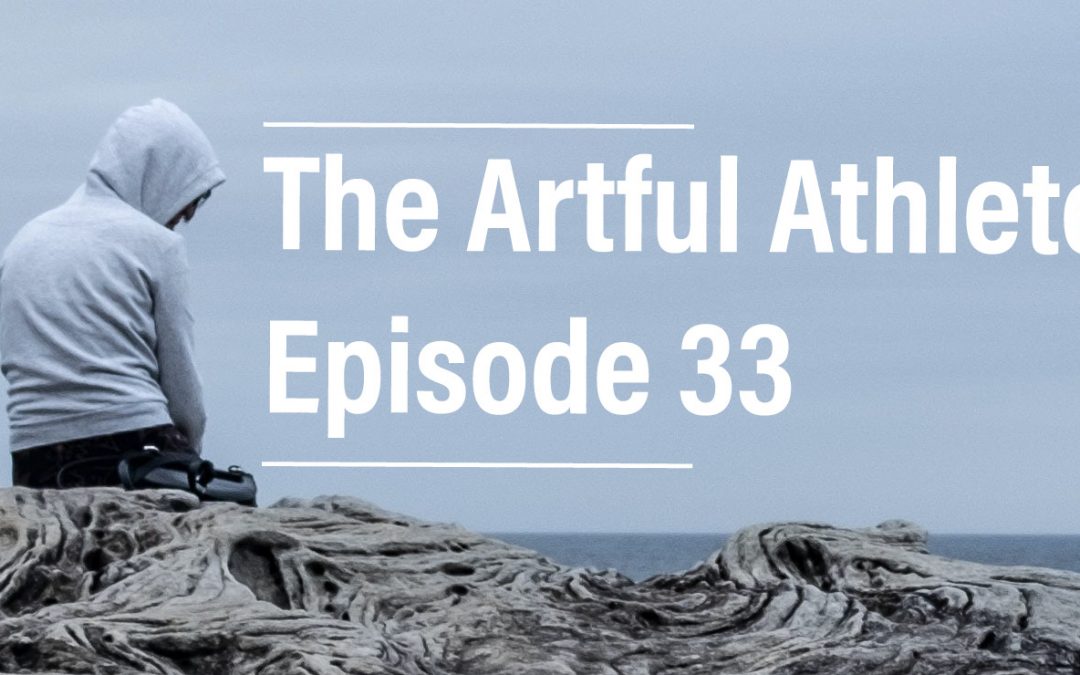Podcast – Episode 33 – Emotions in the Body: Sadness

Written by Ségolène
Hello Lovely Voices!
Today we’re carrying on with our Emotions in the body series. And the time has come for us to dive in the watery path of Sadness.
I’d say it’s probably one of these emotions we’d rather avoid. When you’re sad, it’s difficult to connect to the world around, to find joy, to let go and accept the tears. But when you know that tears contain 10 times more stress hormones than your blood, it seems only fair and natural to let them run their course.
Even if this is not what YOU want.
Even if it’s uncomfortable.
It’s the most natural way for your body to release that overdose created by your brain.
Depending on the hurt, pain and grief you’re experiencing, it’ll hit different parts of your body.


Sadness is a wave engulfing all.
Sadness is pure water, and I think that’s one of the reasons why it’s most difficult to grasp.
Because we’re not always fully aware of the reason why we’re experiencing this.
In his work on Emotional Intelligence, Daniel Goldman, he established that sadness is basically your brain trying to tell you that you’re getting ready for something new. But because of different factors, the message gets lost in translation along the way, and it’s not what we’re seeing or understanding.
Your brain knows it’s the end, but Sadness is the result of your not understanding it, or seeing it.
We focus dominantly on what we’re lacking. Through isolation, we let our mind wonder… To what we’ve lost. What we don’t have. What’s denied to us. And these thoughts travel around head, and bring your body into a different shape.
Because, you know, on top of feeling like you’re being crushed and tumbled by a 36 foot wave within, your body goes heavy. It goes stiff. Your head tilts heavily downwards. Your ribcage collapses, you’re folding onto yourself.
The effects of that wave ripple through your spine and your flesh. You don’t want to move anymore. You become gradually more and more amorphous. It’s easier to curl into a ball underneath the duvet, or on the floor, and just stay in this warmth.
Because that’s another effect of sadness, and of lethargia, of not moving: your body temperature drops down. So why bother with anything else, when there is safety and comfort in the layers I put on myself.
This physical reclusion allows us to feel the sadness and stay with it. To let it through, technically that’s the best way: giving it its own space to express what needs expressing. But at the same time, it s good cater to ourselves fully in those moments.

We put on these extra layers, and the weight of the blanket, of the duvet, feels like an embrace. It’s a way of feeling like we’re held. Like there’s still something physical that you can connect to, something that feels real, constant. Never ending. The opposite of what sadness is.
And, for the little food note, just as eastern medicine recommends eating bitter food to help cleanse the effects of anger from the body, guess what’s recommended for sadness?
1) Soothing & Cooling: cilantro, ashwaganda, chamomille, rose, fresh fruits & berries
2) Filling & Hearty: pasta, root vegetable, sweet potato, butternut, a hearty bread…
Since there’s a void within that draining you, you need to recharge gently, kindly.
It’s an episode that once again blends western and eastern sources, and my good friend Hippocrates makes a comeback. Spoiler alert, I’m gonna carry on use his humorism theory throughout this series. Because… I don’t know, for me it makes everything so much clearer.
Think about it, when you’ve cried, you get puffy: that swelling is because the phlegm, the lymph has travelled to that region of your body to cool it down. Because it’s overused, it’s overheating. And yes, we’re humans of flesh and muscles and bones: but underneath the layers of skin, it’s all about fluids of all colors traveling from one organ, one pole to the next. That’s what keeps the machine going. Taking that into account when exploring emotions is a must.
Next week, we’ll move away from fire and water.
What do you think it’ll be: Yellow or Black this time?
You’ll just have to tune in and see.
Meanwhile, stay hydrated, find peace in the little things, hold your loved ones tight.
You’ve got this.
Much love!
Ségolène xx

Yellow – stands for the yellow bile. Think gallbladder and fire. and bitterness, fire and gallbladder
Black – is for black bile. The black substance connected to the spleen. It’s element is earth.
Plegm – also known as the lymph, fluid that runs under your skin, hydrates your organs. Think water, brain and lungs.
Red – I think you’ll have guessed that one… Blood. Hippocrates links it to the liver, and air.
I’ll be going back to Humorism over the next few episodes as well, because I find this vision and understanding of the correlation between body and emotions very useful. It’s great from a performance side of things because it allows you to pinpoint the quality of the emotion though the character’s reaction. And from a human / life / trying to understand why I’m reacting / coping the way I am, it’s telling you which part of your organs need extra support.
What do you think? Had you heard of humorism before? It’s one I’ve revisited a lot over the year. It’s visual. it’s colorful. It gets me thinking and listening to my body. It reminds me of ayurvedic science. It’s one for the books.
Catch you next week! I hope you enjoy this week’s episode! And don’t forget to tune in to Dyl Salamon’s Mindful Chat!
Much love,
Ségolène xx


Recent Comments